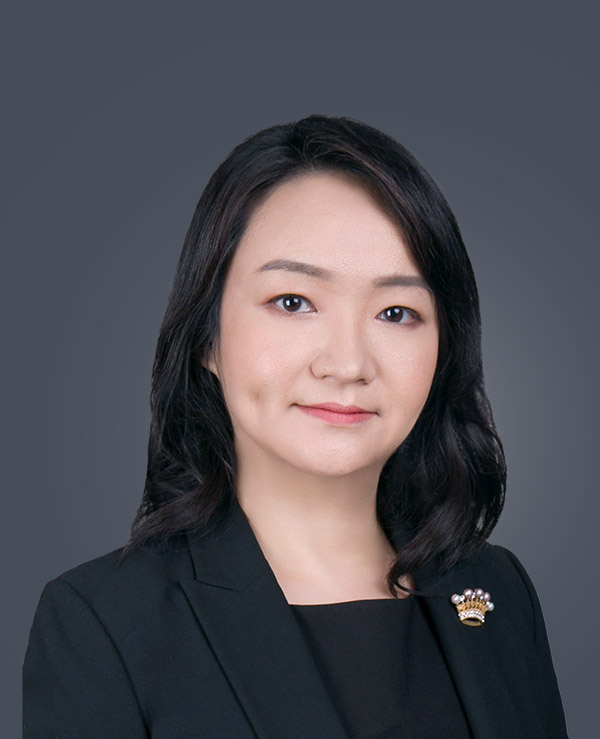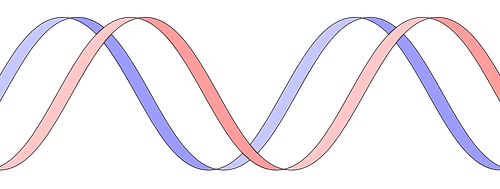This article is a part of a larger article that highlights the newest draft implementation rules of the new Chinese Patent Law. This particular article takes a detailed dive into the patent term extension/adjustment provisions.
One of the biggest and most exciting provisions in the newly amended patent law is patent term extension for delay caused by the patent office (PTA) or by the drug regulatory approval process (PTE). In general, the Chinese version seems to be modeled off of existing systems in other jurisdictions around the world (e.g., the US), and as a whole seem reasonable to us.
For the sake of easy understanding, we shall use the equivalent US acronyms to differentiate the two different types of “compensation.”
Patent Term Adjustment due to Patent Prosecution Delay (PTA)
Article 42 of the new Patent Law states that upon request, patent term adjustment may be possible to compensate for unreasonable delay caused by the patent office. “Unreasonable delay” occurs if the total patent prosecution time between the request for examination and patent grant is more than 3 years, and the total time between filing and grant is more than 4 years. The amount of compensation will be calculated based on the number of days of delay.
Any unreasonable delays that were caused by the applicant will not be included. Unreasonable delays by the applicant include:
- Failure to respond to a CNIPA official notice within a specific time period
- Filing a requesting for deferred examination
- Incorporation by reference
- Other
Applicants have three months from the grant publication date to request for patent term adjustment.
Patent Term Extension for delay due to Marketing Approval Process (PTE)
Applicants who are applying for marketing approval of a drug can also apply for patent term extension (PTE) for time lost due to delays arising from the regulatory approval process.
PTE applies to patents protecting pharmaceutical chemical compositions, biological products, and traditional Chinese medicines (TCM). The language is a bit unclear, but it seems to imply that processes of preparation and medical uses (for all three of the above) are also included. However, it could also be interpreted to mean that the processes and medical uses only apply to TCMs. We are seeking clarification from CNIPA on this very important point.
China will allow up to 5 years of PTE, provided that the patent term does not go beyond 14 years after drug approval. These basic numbers are the same as the US, although the method of calculation is slightly different.
Applicants may only request PTE for one patent as it applies to one drug, and this must be done within three months from the date of marketing approval (more generous than the 60 days in the US). Furthermore, the scope of the extended patent only reaches to that scope which covers the marketed approved product and its indications. The patent must have never received PTE before. Finally, at the time of filing the extension request, the remaining natural term on the patent must be greater than 6 months. Once a decision regarding PTE is made, it will be registered and publicly announced.
How to Calculate the Compensation Time
The formula for calculating extension time is quite straightforward and is shown below. There is a 5-year maximum limit on extension, with a maximum of 14-year enforceable patent term post market approval.
PTE (years) = [Marketing Approval Date] – [Patent Filing Date] – 5 years
PTE is at most 5 years, and total patent term post approval no more than 14 years.
Example 1
Patent application filing date: Jan 1, 2010
China marketing approval date: Jan 1, 2018
Patent basic expiration date: Jan 1, 2030
PTE (years) = [Jan 1,2018] – [Jan 1,2010] – 5 years
PTE (years) = 8 years – 5 years
PTE (years) = 3 years
Calculated extended patent expiration date: Jan 1, 2033 (15 year patent life) but too long!
Modified patent expiration date: Jan 1, 2032 (due to 14 years max patent term)
We went ahead and ran the numbers to find out the general trend. In short, if applicants complete all R&D and clinical trial activities quickly (within 5 years), it is better to rely on the basic patent term. However, between 7 and 11 years, PTE can help add between 1-5 years additional patent term, giving applicants a healthy 14 years of exclusivity on the market. If the time between patent filing and marketing approval drags on to 12 or more years, then the patent term extension benefits (i.e. enjoyment of the full 14-year post-approval protection period) begin tapering off, until 6 months before the patent’s basic expiry date (i.e., you can’t add an extra 5 years to a patent that is about to expire or is expired).
| Patent filing to Market Approval (years) | PTE (years) | BASIC remaining patent term at market approval | TOTAL remaining patent term with extension | TOTAL remaining patent term after 14-year limit |
| 0 | 0 | 20 | 20 | 20 |
| 1 | 0 | 19 | 19 | 19 |
| 2 | 0 | 18 | 18 | 18 |
| 3 | 0 | 17 | 17 | 17 |
| 4 | 0 | 16 | 16 | 16 |
| 5 | 0 | 15 | 15 | 15 |
| 6 | 1 | 14 | 15 | 14 |
| 7 | 2 | 13 | 15 | 14 |
| 8 | 3 | 12 | 15 | 14 |
| 9 | 4 | 11 | 15 | 14 |
| 10 | 5 | 10 | 15 | 14 |
| 11 | 5 | 9 | 14 | 14 |
| 12 | 5 | 8 | 13 | 13 |
| 13 | 5 | 7 | 12 | 12 |
| 14 | 5 | 6 | 11 | 11 |
| 15 | 5 | 5 | 10 | 10 |
| 16 | 5 | 4 | 9 | 9 |
| 17 | 5 | 3 | 8 | 8 |
| 18 | 5 | 2 | 7 | 7 |
| 19 | 5 | 1 | 6 | 6 |
| 20 | 5 | 0 | 5 | 5 |
Interestingly, this PTE calculation is much simpler than the counterpart US version, which separates delays between filing of an IND (investigative new drug application) and NDA (New Drug Application) [timespan roughly governed by the time taken to do clinical trials], and gives more compensation for the time between NDA and approval (timespan more dependent on the federal agency’s speed). Similarly, there is the same 14-year maximum patent term and 5-year maximum extension.
Challenging a Decision to Grant PTE
Any individual or unit (“Other Party”) who disagrees with the PTE may request the State Council to declare the PTE invalid, and the State Council will rule according to the information provided as part of the request. If the patentee disagrees with the outcome of the State Council’s validity decision, the patentee may sue the People’s Court within three months of receiving the notice. At that time the People’s Court would notify the Other Party to participate in the proceeding as a third party.
Concluding Thoughts
The patent term extension provisions are very welcomed, though they still raise a lot of questions. We certainly need clarification on whether processes for preparing chemical and biological products can be extended. How will PTA and PTE work together? Will they be additive (like in the US), or will there be limitations governing them together?
We are watching the new changes very closely and continue to monitor updates in order to provide the latest, most updated advice and strategies for all of our clients. We are also actively providing feedback and comments to CNIPA whenever we see unclear rules or issues that we think are disadvantageous to our clients, especially to foreign clients.
In general, though, we are thrilled that China is finally implementing these provisions, which is a huge win for pharmaceutical and biotech companies. We hope that this, together with many of the other sweeping changes to China’s Patent Law, will encourage more and more companies to consider China as a bigger part of their global patent filing strategy.
This article is for general informational purposes only and should not be considered legal advice or a legal opinion on a specific set of facts.
About the Authors

Jennifer Che, J.D. is Vice President and Principal at Eagle IP, a Boutique Patent Firm with offices in Hong Kong, Shenzhen, and Macau.

Yolanda Wang is a Principal, Chinese Patent Attorney, and Chinese Patent Litigator at Eagle IP, a Boutique Patent Firm with offices in Hong Kong, Shenzhen, and Macau.

Sally Yu is a Chinese Patent Attorney at Eagle IP, a Boutique Patent Firm with offices in Hong Kong, Shenzhen, and Macau.






3 Comments
yabanci dizi
I blog frequently and I seriously thank you for your information. Your article has truly peaked my interest. I will take a note of your blog and keep checking for new information about once a week. I opted in for your RSS feed too. Ruthi Redd Lincoln
eagleip
Thank you!